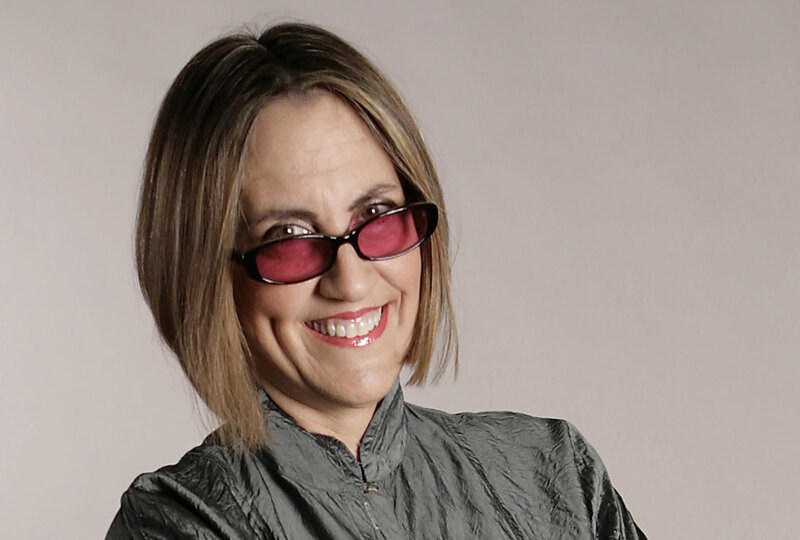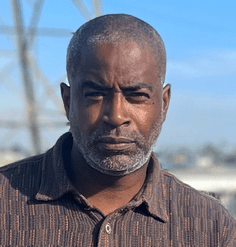Martha Schwartz on Drawdown

January 15, 2019
Martha Schwartz, FASLA is the founding partner of Martha Schwartz Partners, an international design practice focused on activating and regenerating urban sites. In recent years, Martha has become an active voice in the profession, encouraging landscape architects to use their work to address not only the new challenges brought by climate change but its root causes. LAF spoke with Martha about the book Drawdown: The Most Comprehensive Plan Ever Proposed to Reverse Global Warming by Paul Hawken about the eighty solutions Hawken identifies and what they mean for landscape architecture.
In April 2019, Martha led a livestreamed book discussion about Drawdown with LAF. Learn why she found it so important, get your own copy, and check out the discussion that took place live!
What inspired you to read Drawdown?
I was introduced to Drawdown by Pamela Conrad, a Senior Associate at CMG Landscape Architecture, while preparing for a conference presentation on climate change with her two years ago. We gave a presentation about the book, why it’s important, and why it’s important specifically for landscape architects. We got up there and talked about what climate change is and why it’s so urgent that we address it. What really struck me about Drawdown is that it gave metrics for its solutions. They weren’t theoretical, but actionable ideas.
In particular, I thought the focus on mitigation in Drawdown was especially important. As a profession, we focus a lot on adaptation. Adaptation is important but it assumes that there will be a plateau we can adapt to. If we don’t address the root causes of climate change through mitigation, change will keep happening too quickly for us to adapt. Drawdown gives 80 solutions that built environment professionals can undertake that can really make an impact on the direction we are going.
What questions did Drawdown answer for you?
I didn’t have a clear question in mind when I read Drawdown. I had never seen someone break climate change down into its different solutions so what I came away with was an answer to the question we all have, “What can I do?” When I saw all the solutions, I saw an opportunity for impact.
I think Drawdown had such a large effect on me because it actually showed metrics, not just concepts and made mitigating climate change a more concrete idea. It demonstrated the scalar impact we can have as landscape architects.
Martha Schwartz, FASLA
Drawdown showed me the something we can do as a profession to really address issues of climate change. It showed me the actions that pertain to me and what I can do as a landscape architect. Of the 80 solutions proposed in Drawdown, I identified 18 as landscape-based solutions and directly applicable to landscape architecture. The 15 most powerful solutions account for 65% of the needed reduction in emissions (1344.36 gigatons of CO2), and six of them are landscape-based. Most of these relate to our worlds' forests; protecting them and implementing regenerative agriculture would result in a 20% reduction in emissions! This amount of drawdown reinforced for me the importance of forests.
What questions did Drawdown leave you with?
I know this book could change how we approach our work as landscape architects, but how do we broadcast the lessons of Drawdown? How do we communicate the need to take on the root cause of climate change, not just plan for the new challenges it will bring to our cities? We are no longer just the stewards of the landscape, but the stewards of global systems – called earth systems. How do we build a culture of advocacy, information sharing, and activation to tackle the defining issue of our time?
What lessons did you get from Drawdown that you apply to your practice?
Drawdown made a difference in my practice. Pamela Conrad has been developing a carbon calculator for landscape architecture projects, and she was selected as a 2018-2019 LAF Fellow to advance and refine it. We are anxiously awaiting the release of this calculator so we have the toolsets to produce metrics to measure our projects’ carbon footprint and help us design more climate positive landscapes. As I learned from Drawdown, metrics can be very persuasive. Having them can make us more influential and will give us the power to make change.
What was Drawdown’s most memorable quote or statistic for you?
Having statistics is really great but it is what you do with those statistics that matters.
I was floored by the list of solutions and what role landscape architects can play in mitigation. The top six landscape-based solutions would account for 20% of the needed reduction in emissions! The list also reminded me how powerful and important forests are to preserving life on Earth as we know it. Yet, they are still under attack.
So what do we do about that? We’re not on the ground in the Amazon Rainforest or in peatlands. We can become activists, support the people doing the work, and support the work that needs to be done.















